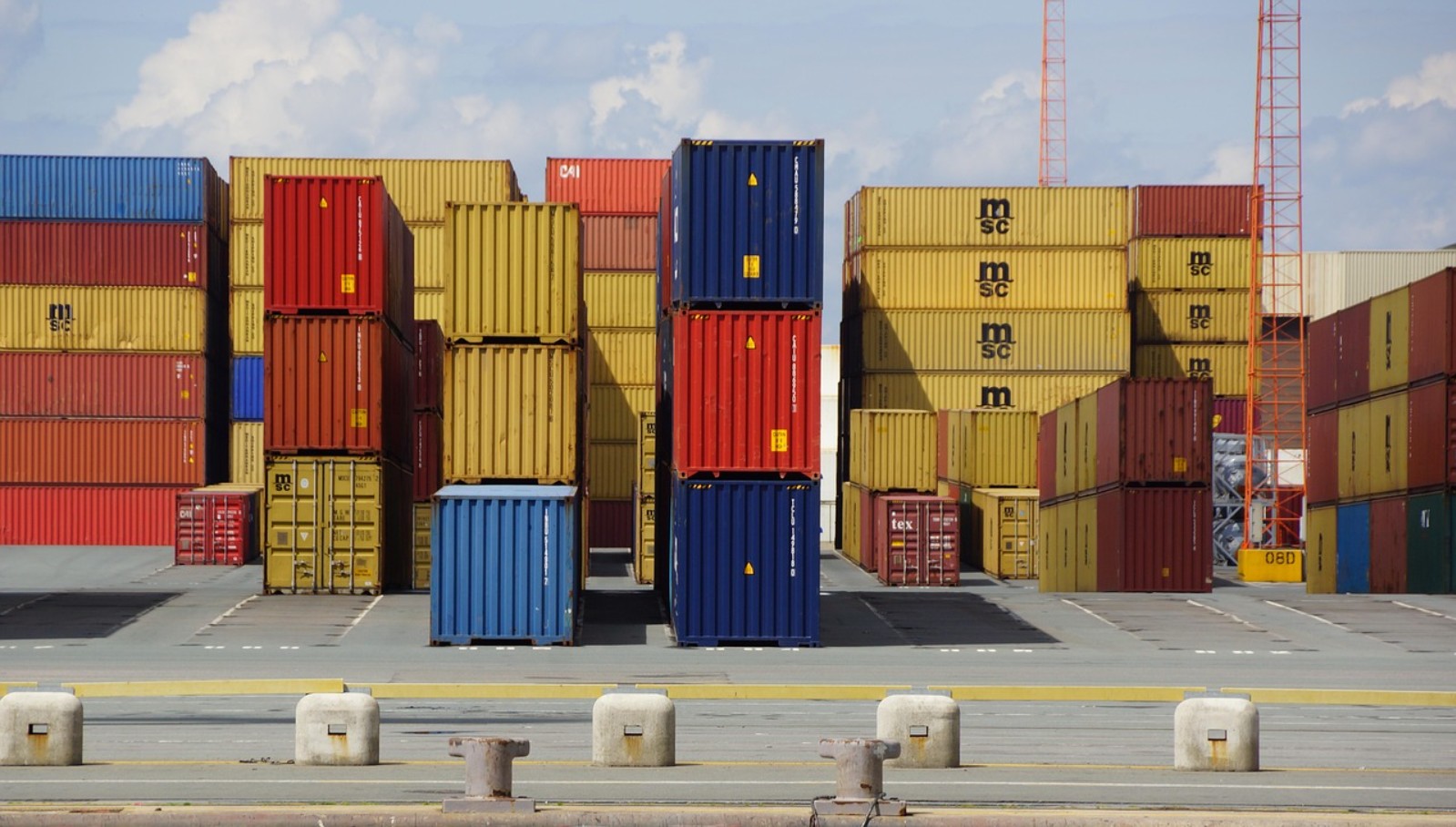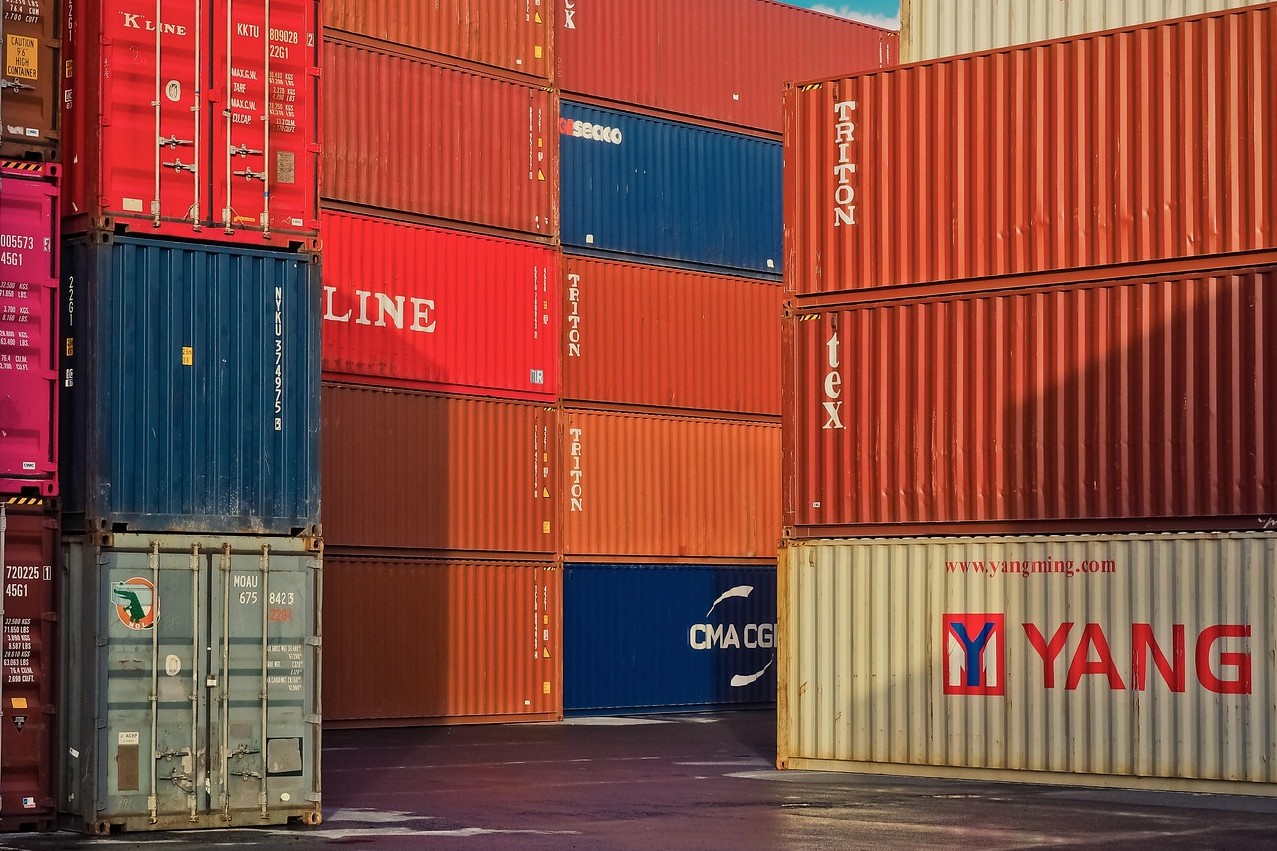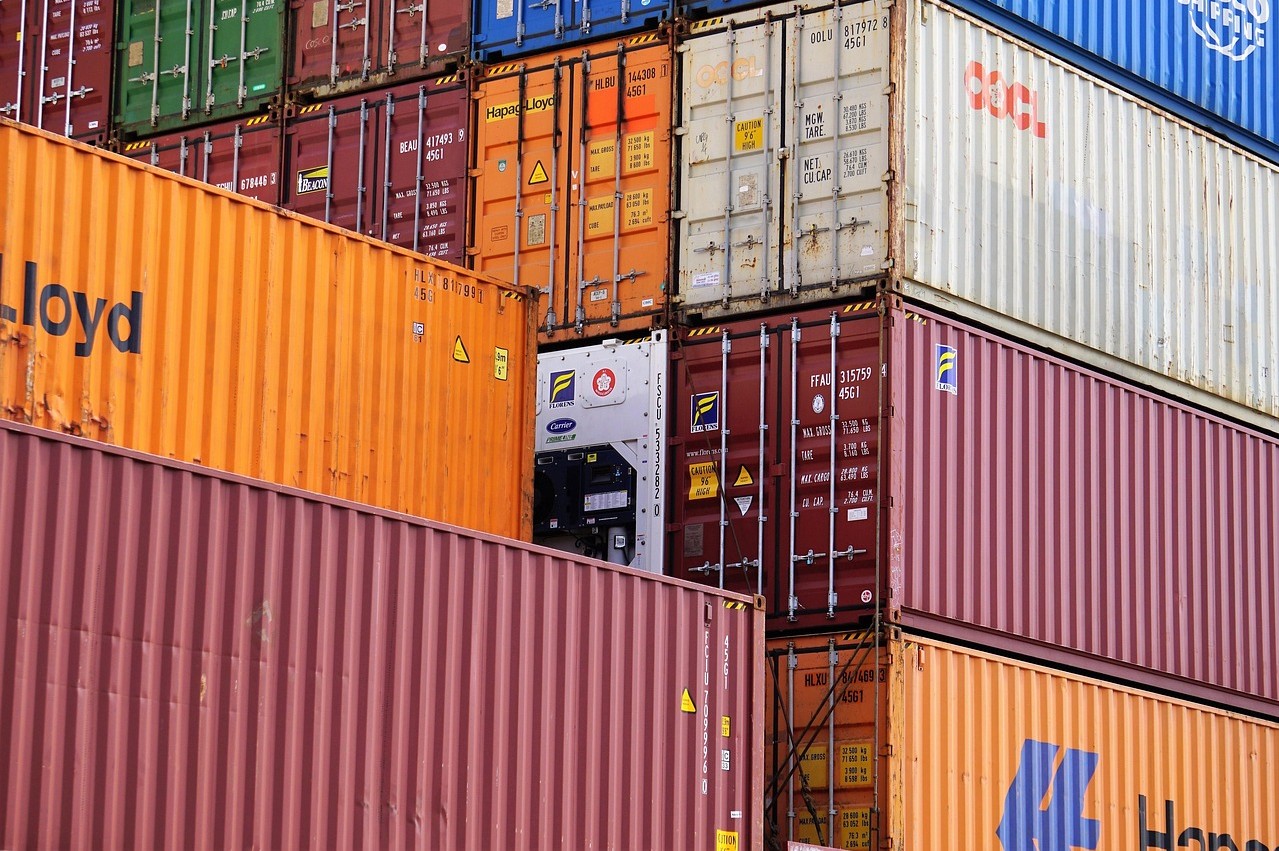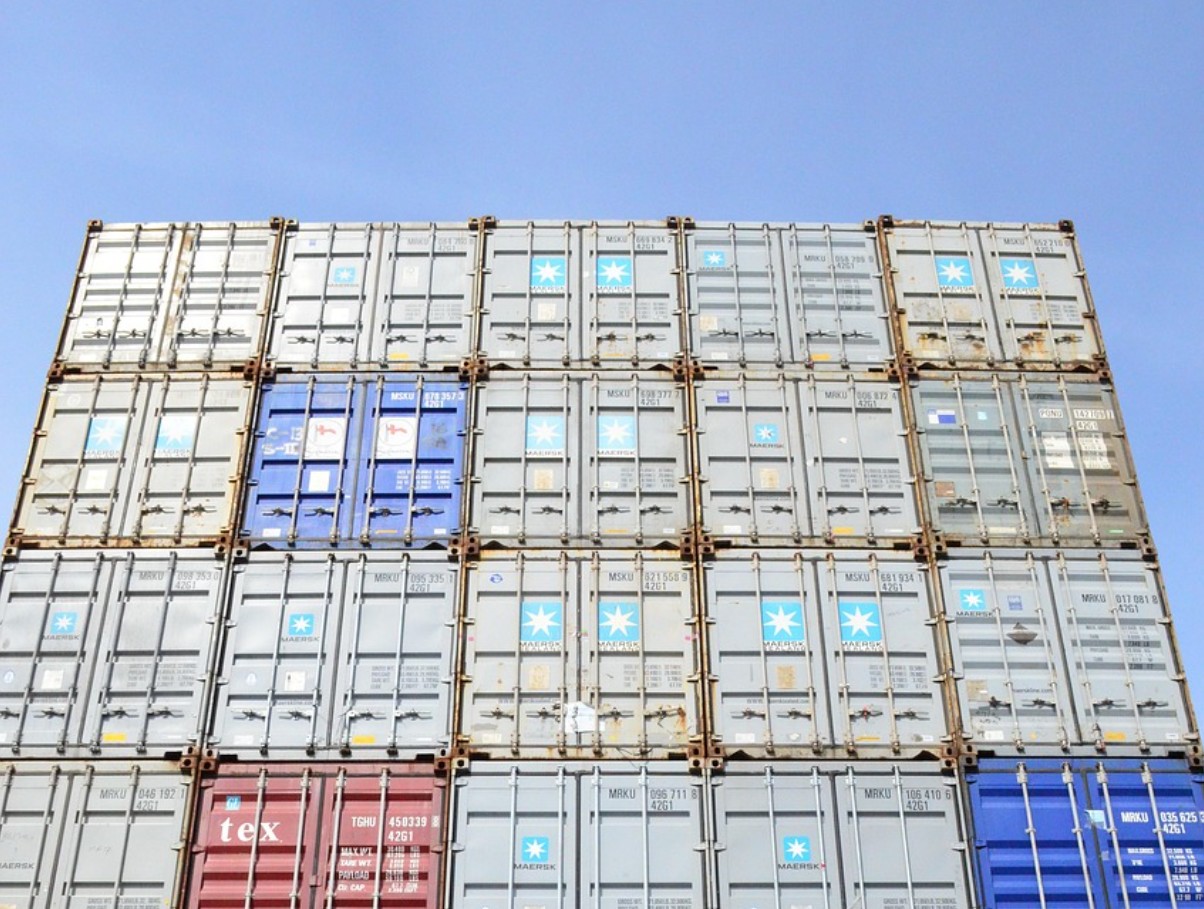What’s the Difference Between a 40ft Standard Container and 40ft High Cube Container?
Shipping containers are crucial for global commerce, as they facilitate the easy transportation of cargo across seas and international borders. But not all containers are the same. For example, the specific differences between 40ft standard and 40ft high-cube containers affect how you transport and store your goods, so it’s essential to know their dimensions, capacities, costs, and best uses.

Importance of Understanding the Differences Between Standard and High Cube Containers
A 40ft standard container and a 40ft high cube container look almost identical at first, but subtle differences have a ripple effect on shipping operations.
But why is it important to understand these differences? Because every shipping choice you make impacts the entire logistics chain. For example, if you buy a high cube container, you should provide special handling and adjusted storage setups due to their added height in your storage depots, warehouses, and trucks.
Standard containers, being more ubiquitous, tend to glide through logistic setups without problems. But that doesn’t mean they’re always the best transportation solution — it means you should plan proactively.
When you understand which container type better matches your cargo, you can build a more intentional and smarter supply chain.
Detailed Comparison of a 40ft Standard Container vs. a 40ft High Cube Container
Both 40ft standard containers and 40ft high cube containers share the same length and width, but when you take an external look at their parameters, the differences become crystal clear.
External Dimensions
Both containers share the same length and width but it doesn’t mean they’re identical.
| Dimension | 40ft standard container | 40ft high cube container |
| Length | 40 feet (12.19 meters) | 40 feet (12.19 meters) |
| Width | 8 feet (2.44 meters) | 8 feet (2.44 meters) |
| Height | 8 feet 6 inches (2.59 meters) | 9 feet 6 inches (2.90 meters) |
Their standard size is compatible with international shipping standards and allows both types to fit within standard transport systems like ships, trains, and trucks. However, the high cube container’s additional foot better suits large machinery, fully assembled furniture, and industrial equipment.

Internal Dimensions
The internal dimensions determine how much cargo you can fit, and the extra height of a high cube container creates some noticeable advantages for certain types of freight.
| Dimension | 40ft standard container | 40ft high cube container |
| Internal length | 39 feet 5 inches (12.03 meters) | 39 feet 5 inches (12.03 meters) |
| Internal width | 7 feet 8 inches (2.34 meters) | 7 feet 8 inches (2.34 meters) |
| Internal height | 7 feet 10 inches (2.39 meters) | 8 feet 10 inches (2.69 meters) |
As you’d expect, the height difference means the high cube container has more space for tall items and a large volume of cargo like lightweight electronics, textiles, foam products, agricultural goods, etc. In comparison, a standard container size is all you need if your items are compact or extremely heavy because using a high cube in this case means paying for more cubic feet that you’ll never use.
Volume and Weight Differences
Volume and weight directly influence how much cargo you can transport and the efficiency of your shipping operations.
| Metric | 40ft standard container | 40ft high cube container |
| Internal volume | 2,386 cubic feet (67.5 m³) | 2,694 cubic feet (76.4 m³) |
| Maximum gross weight | 67,200 lbs (30,480 kg) | 67,200 lbs (30,480 kg) |
| Tare weight | 8,160 lbs (3,700 kg) | 8,775 lbs (3,980 kg) |
| Net payload | 59,040 lbs (26,780 kg) | 58,425 lbs (26,500 kg) |
The high cube container offers about 13% more internal volume than the standard container because of its extra foot of vertical height. It helps fit several additional pallets of lightweight goods or tall items that can’t fit into a standard container.
The same maximum gross weight limit means that while the high cube can carry more volume, you won’t be able to fill it to its full potential if your shipment is heavy. The high cube’s slightly heavier tare weight reduces its net payload capacity by about 615 lbs compared to the standard container, which is worth noting for high-density cargo.

Best Uses for Each Container
A 40ft standard container is a smart choice for the transportation of:
- heavy cargo (machinery, metal products, tiles, barrels of liquids, etc.);
- general household goods;
- budget-conscious shipments.
A 40ft high cube container fits well when you need more vertical space or additional volume for certain shipments like:
- tall or voluminous items (large machinery, furniture, oversized equipment, etc.);
- lightweight but bulky goods (textiles, foam products, electronics in large boxes, etc.).
Beyond shipping, high cube containers are also used for creative storage and infrastructure projects — offices, mobile shops, homes, and more.
Cost Considerations
Standard containers are more budget-friendly, with lower purchase prices ($2,000–$3,500 used) and rental rates ($75–$125/month). High cubes cost more ($2,500–$4,000 used; $100–$150/month) due to added height.
Shipping and Logistics Impact
Differences in height, weight, and capacity mean certain advantages depending on what you’re shipping and where it’s headed:
- Standard containers are often easier to work with, especially in warehouses with low ceilings and basic loading equipment. On the other hand, a high cube’s additional height is invaluable for tall cargo like assembled furniture or oversized equipment.
- All non-standard container types, including high cubes and 45ft shipping containers, cost slightly more to transport since they’re taller and a bit heavier. You’ll also need to watch out for height restrictions on trucks or certain routes. On roadways with strict height limits, standard containers fit with fewer complications.
- Standard containers are perfect for storage because they’re easier to stack, store, and find replacement parts for. But if you’re short on storage space, a high cube can fit more under the same roof.
If space, equipment, or height restrictions are factors, standard containers make things simpler. But if you need more room for tall or bulky items, select a high cube container.

Conclusions
Standard containers are straightforward and fit most setups well, especially when space or equipment is limited. High cubes, in comparison, are perfect if you need extra room for tall, lightweight, or bulky goods. The choice depends on your cargo, budget, and logistics setup.
What is the height difference between a high cube and a standard container?
One foot higher than a 40-foot standard container (8 feet 6 inches), a 40-foot high cube container is 9 feet 6 inches tall.
What is the definition of a 40ft standard container and a 40ft high cube container?
A 40ft standard container has an external height of 8 feet 6 inches and is commonly used for general cargo. A 40ft high cube container is similar in length and width but has an external height of 9 feet 6 inches.
What is the height of a 40-foot-high cube container?
The external height of a 40-foot-high cube container is 9 feet 6 inches.
What is the size of a 40ft container?
A standard 40ft shipping container has a length of 40ft (12.19 meters), a width of 8ft (2.44 meters), and a height of 8.6ft (2.59 meters).
How to tell if a container is a high cube?
High cube containers often have a black and yellow stripe near the top corner castings to indicate their extra height.

 Vanessa Joy
Vanessa Joy